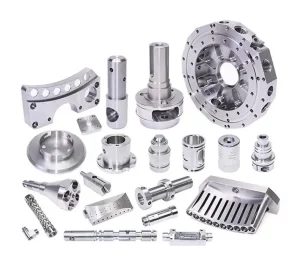Do you know how rapid prototyping techniques work? Yes! Rapid prototyping works by using different manufacturing technologies including extruding, molding, casting, etc. Subtractive and compressive are the two most functional processes used for making rapid prototyping successfully.
Most industries use these useful techniques for solving a lot of solutions. Today we will share the details with you on the rapid prototyping techniques.
Rapid prototyping techniques
Rapid prototyping is generally known as 3D printing. The rapid prototyping techniques use 3D computer-type design which is known as CAD for making a model or physical part. Techniques of prototyping can be high-fidelity or sometimes low-fidelity. Mainly, the method typically depends on the resources that you can gather for creating rapid prototype techniques.

Types of Rapid Prototype Techniques
Different types of rapid prototype services can provide the best prototyping solutions. The most common types of rapid prototyping are extreme prototyping, rapid prototyping, incremental prototyping, and evolutionary. Besides these, some most effective and broadly used types of rapid prototyping are-
Selective laser sintering: This type of rapid prototyping service is generally used for plastic and metal prototyping.
Stereolithography: It is the most affordable type that uses photosensitive liquid to provide the best service.
Material jetting: Most non-industrial experts use material jetting prototyping for its easy using process.
Sheet lamination: This type of prototyping is used for creating CAD pattern designs. It is the most inexpensive process that is not more sophisticated and does not need to require any special controlling method.
Binder jetting: Experts can print one or multiple parts at a time. It will save money and time also for the users.
Digital light processing: These types of rapid prototype techniques are cheaper and faster than DPL and SLA. All small industries can apply this type of easily.
Super benefits of rapid prototyping techniques
Many industrial and non-industrial organizations apply the most effective for their best output and benefits. The benefits are different based on the features of the prototyping types. Let’s know the fantastic advantages.
High quality with high performance: The experts will get full-quality services and output by applying these most functional rapid prototyping techniques.
Complete customization with affordable price: People will be surprised by getting fully customizable rapid prototyping techniques at a much more affordable price.
Fully accurate services: Our company’s professionals always try to provide precise prototyping services by applying multiple techniques.
What are the four steps in the prototyping process?
Prototyping processes are not always easy. You have to follow some essential steps for getting amazing services.
Step 01: Primarily, use multiple materials for creating a draft.
Step 02: Now, we have to ensure the perfectness of all connecting parts for conducting the production process.
Step 03: After that, include the PCB board as an inside electrical component besides plastic and metal.
Step 04: Finally, complete the checking process of quality work.
Final words
Hopefully, you’ve learned the detailed rapid prototyping techniques to improve your projects.
